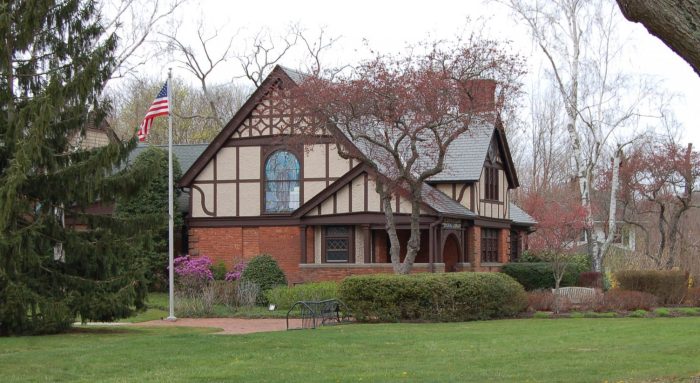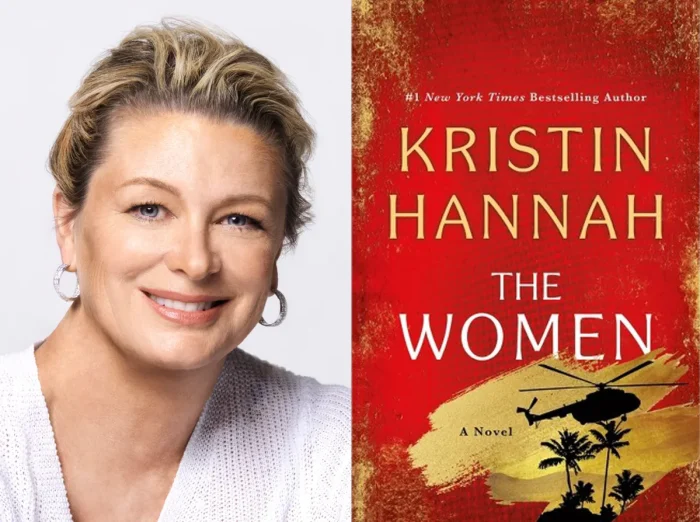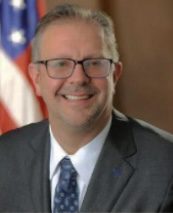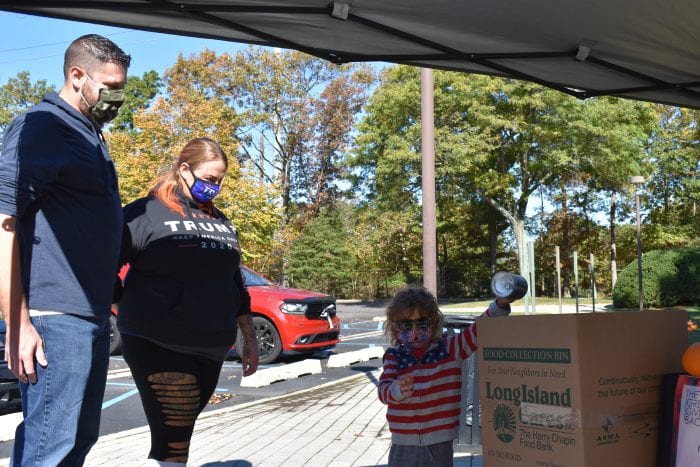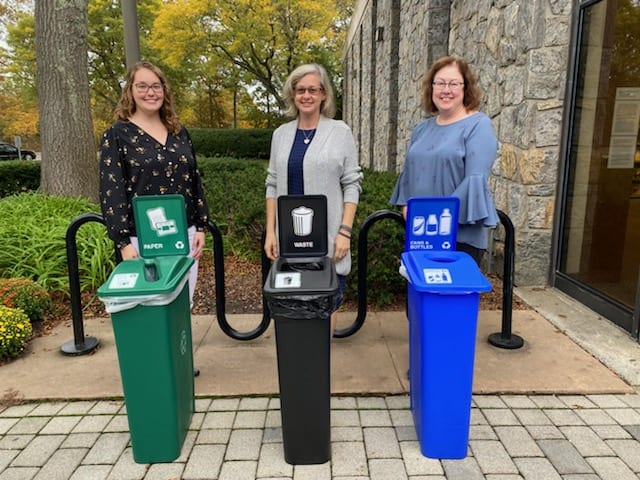Suffolk County’s Active People, Healthy New York Action Plan moves forward, encourages physical activity in safe, green spaces.
Suffolk County Executive Ed Romaine today announced the opening of applications for the 2025 Green Key Parking Permit Program with Local Libraries, or Green Key PPP. The program is part of Suffolk County’s three-part plan to engage residents in physical activity, increase access to public green spaces, and educate residents to improve the overall health of the Suffolk County.
To encourage physical activity in safe green spaces, County Executive Romaine last year authorized county health officials and county parks officials to collaborate with the Suffolk Cooperative Library System to offer residents one-time Green Key parking permits through their local libraries.
Suffolk County libraries interested in participating in the pilot program will be offered the opportunity to purchase a pack of twenty-five parking permits for $125.
Beginning in April 2025, Library patrons will have the opportunity to purchase, for $5, a one-time parking pass to visit one of 10 Suffolk County parks on a date of their choice.
“In Suffolk County, we are blessed with an extensive network of beautiful parks where residents and visitors can engage in myriad activities,” said Executive Romaine. “We are inviting residents to take advantage of this offer to experience one of our Suffolk County parks one time for a generously discounted fee.”
Library patrons who take advantage of the Suffolk County Library Parking Permit Pilot Program will enjoy a first-hand experience of a county park for a day and may decide that purchasing a Parks Green Key Card is a worthwhile investment. The Green Key Card entitles holders access to all Suffolk County parks and reduced fees for activities.
“This pilot program is intended to get people moving to reduce their risk serious chronic illnesses,” said Dr. Gregson Pigott, Suffolk County Health Commissioner. “We hope to engage all communities to visit their local parks and participate in activities they may not know are available to them as Suffolk County residents.”
“The Parks department is happy to partner with the Suffolk County Health department and local libraries with the new Parking Permit Pilot Program. The County has amazing natural resources, and our hope is that residents get out and explore what they have right in their own backyard” said Commissioner Giannott, “Our goal is for residents to discover places they may not have ventured to in the past and enjoy Suffolk County for all it has to offer.”
“Libraries are all about connecting people to resources that benefit them. We look forward to partnering with Suffolk County to assist local residents with exercising their minds at our County’s amazing libraries and their bodies are our County’s beautiful parks” said Suffolk Cooperative Library System Director Kevin Verbesey.
As part of the pilot program and to better understand the communities we serve, Suffolk County officials will collect data, report, and formulate recommendations for the future.
Part two of Suffolk County’s Active People, Healthy New York Action Plan is the health department’s Nature Walk Program that offers walking and learning events featuring health and environmental specialists. Part three of The Plan involves changes to infrastructure in the latter part of 2025 & 2026.


